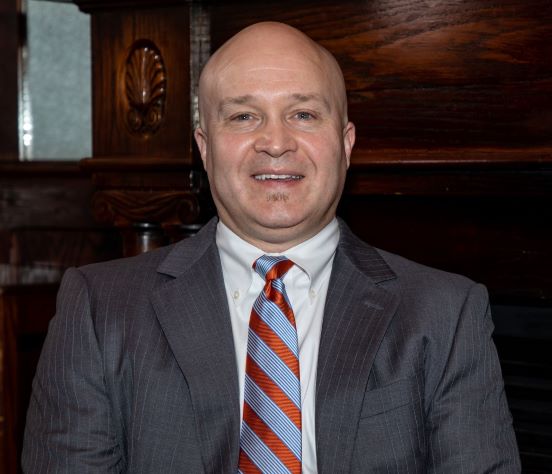
The R&D Tax Credit is a general business tax credit for companies that incur R&D expenses in the United States. With a dollar-for-dollar reduction in federal and state tax liability, the credit offers up to 10 cents in benefit for every qualifying dollar identified in a performed study. Any business in almost any industry can be eligible for the R&D Credit if it meets the Four-Part Capstan Criteria, and the results of this permanent, powerful credit can be quite significant.
New Or Improved Business Component
A Company in the architectural and structural metals manufacturing industry designs and fabricates various products for use in building applications. The Company undertook a project to develop a metal wall panel system for a newly constructed commercial building. The Company created the system utilizing aluminum composite panels to improve structural performance and corrosion
resistance. Additionally, the Company designed the panels to include an air and moisture barrier for increased functionality and reliability.
Elimination Of Uncertainty
The Company encountered uncertainty in panel design, as it was unclear which panels would best provide the high impact resistance required for increased structural support against elements and weight. Additionally, the Company faced uncertainty in the design of tooling and fixtures to properly form, hold, and test the panels during the fabrication process.
Process Of Experimentation
The Company engaged in an iterative design process and evaluated several alternatives prior to determining the final panel specifications and manufacturing requirements. For example, the Company assessed the use of stainless steel, copper, zinc, and aluminum to determine which metal provided the most stability for the building’s exterior. After selecting aluminum composite material, the Company created design drawings using 3D modeling software and conducted air infiltration, water, and fire resistance tests on a prototype panel to ensure the product met all functionality requirements. The Company repeatedly tested a variety of models, making design revisions to determine the panel’s optimum form, size, and thickness. For example, the Company evaluated panel thicknesses ranging from 1.2 to 2 inches, before selecting 1.8 inches as the most durable design.
Additionally, the Company created special tooling and fixtures conforming to the unique panel design for use in the manufacturing process. The Company implemented several necessary changes to the fabrication process during this step. For example, in order to determine the ideal geometry of the forming die, the Company had to re-design the die mold multiple times and evaluate the
outputs. Additionally, the Company reprogrammed the laser cutter’s pressures and speeds to yield the panel’s specified size and shape.
Once a successful prototype was created, the Company moved into a larger-scale manufacturing process to build the final product in a reliable and repeatable manner. At the end of this process, the Company completed quality assurance checks to ensure the product achieved the functionality and performance requirements outlined at the beginning of the project. Once these checks were completed successfully, the panels were shipped to the customer.
Technological Nature
Throughout the project, the Company relied on the principles of engineering to create a metal wall panel system that met the required performance, functionality, and reliability standards. For example, the Company utilized the principles of mechanical engineering to evaluate the impacts of varying panel materials and thicknesses on the building’s structure.
Results
Throughout the project, the Company relied on the principles of engineering to create a metal wall panel system that met the required performance, functionality, and reliability standards.
For example, the Company utilized the principles of mechanical engineering to evaluate the impacts of varying panel materials and thicknesses on the building’s structure.
COMPANY’S ANNUAL GROSS RECEIPTS:
$26,000,000
QUALIFIED RESEARCH EXPENSES:
$1,200,000 (Including $800,000 in Payroll
and $400,000 in Supplies)
R&D TAX CREDIT:
$80,000
Have a question? Contact Bruce Johnson And Capstan Team.
Call 215-885-7510


















Recent Comments